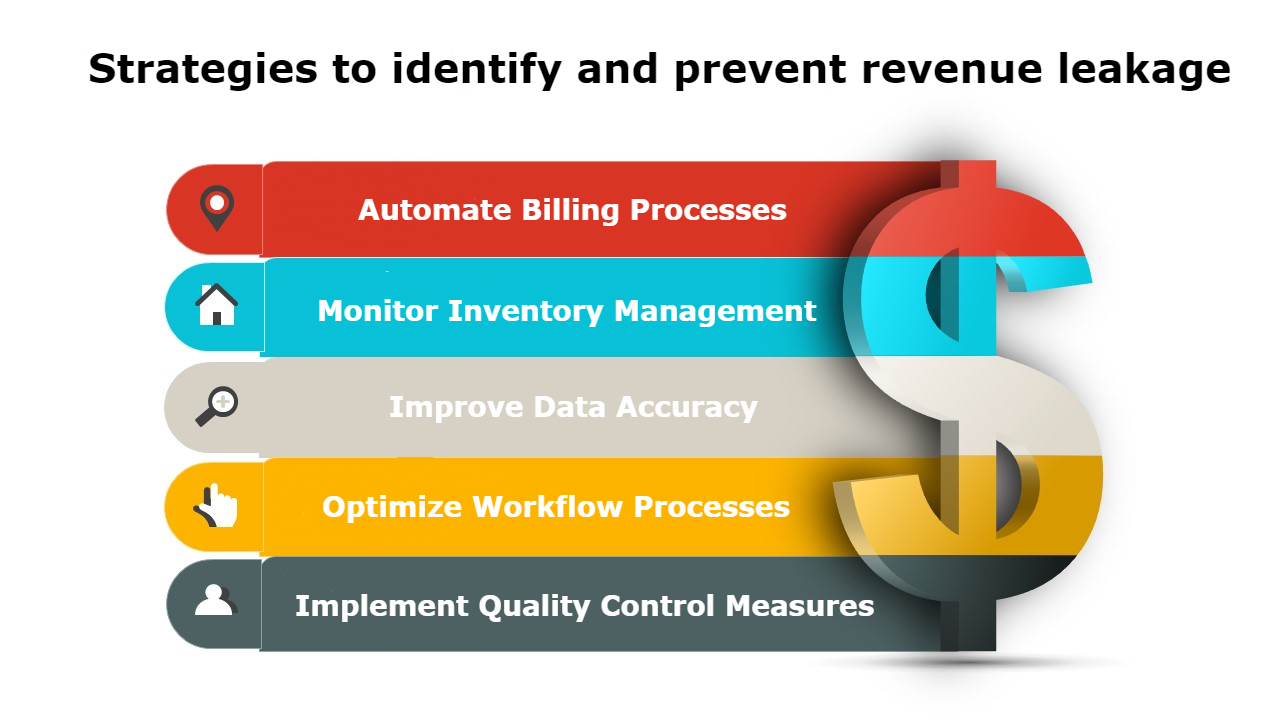Maximizing Revenue in Diagnostic Labs: Unlocking the Power of LIMS from MocDoc's blog

Introduction:
In the fast-paced healthcare landscape, diagnostic labs face the challenge of revenue leakage, which can have a significant impact on their financial performance. By neglecting to implement an efficient Laboratory Information Management System (LIMS), labs risk losing revenue through various channels. In this article, we will delve into the sources of revenue leakage that occur when a laboratory management system is not used, shedding light on the consequences faced by diagnostic labs.
Test Ordering and Billing Precision: Avoiding Revenue Leakage
Test ordering and billing errors are primary culprits contributing to revenue leakage in medical testing labs. Mistakes can occur at any stage, from test ordering by physicians to the billing department's processes. Issues such as ordering incorrect tests, billing for unrequested tests, or overlooking billed tests can all lead to substantial revenue loss. Discover how implementing a LIMS system can streamline test ordering and billing processes, reducing the likelihood of errors and revenue leakage.
Streamlined Workflows: Minimizing Revenue Leakage Risks
Revenue leakage can also arise from inefficient workflow processes within diagnostic labs. Delays in sample processing, test reporting, and billing can prolong turnaround times and introduce errors, resulting in revenue loss. Learn how the integration of a robust LIMS system can optimize workflow processes, ensuring efficient and timely completion of tests. By minimizing manual tasks and streamlining operations, labs can mitigate the risks of revenue leakage caused by workflow inefficiencies.
Accuracy Matters: Curbing Revenue Leakage from Inaccurate Test Results
Inaccurate test results pose a significant risk of revenue leakage for diagnostic labs. When tests produce unreliable or inconsistent outcomes, additional tests may be ordered, leading to increased costs for patients and lost revenue for the lab. Discover how LIMS systems enhance data accuracy and quality control measures, minimizing the chances of erroneous test results and subsequent revenue leakage.
Pricing Strategies and Inventory Management: Plugging Revenue Leakage Holes
Outdated pricing models and poor inventory management can contribute to revenue leakage in diagnostic labs. Inadequate pricing models may fail to account for all expenses associated with test procedures, resulting in revenue loss. Furthermore, ineffective inventory management can lead to delays in testing, urgent orders, and additional expenses, ultimately impacting the lab's revenue. Explore how the implementation of LIMS systems helps labs optimize pricing strategies and enhance inventory management, ensuring accurate billing and minimizing revenue leakage risks.
Empowered Workforce: Training and Payment Collection
An inadequately trained workforce in billing and coding practices can inadvertently cause errors, leading to revenue loss. Moreover, failure to identify and collect payments can significantly impact a lab's revenue. Discover how LIMS systems provide training resources and tools to educate employees, reduce billing errors, and improve payment collection processes, helping labs avoid revenue leakage.
Conclusion:
Revenue leakage poses a substantial challenge for diagnostic labs, but implementing a comprehensive Laboratory Information Management System (LIMS) can mitigate the risks and optimize revenue potential. By addressing sources of revenue leakage such as test ordering and billing errors, inefficient workflows, inaccurate test results, pricing strategies, inventory management, employee training, and payment collection, labs can unlock the power of LIMS to maximize revenue and improve their financial performance.

The Wall